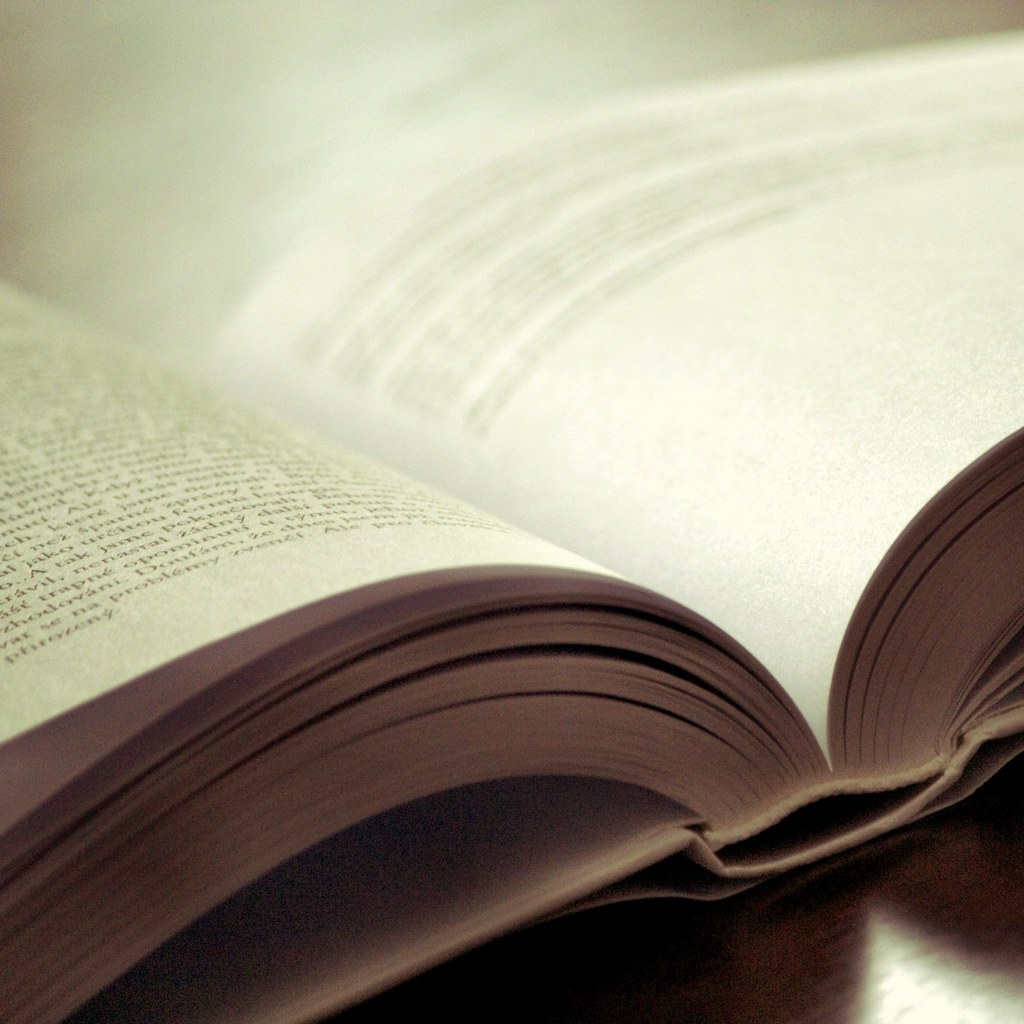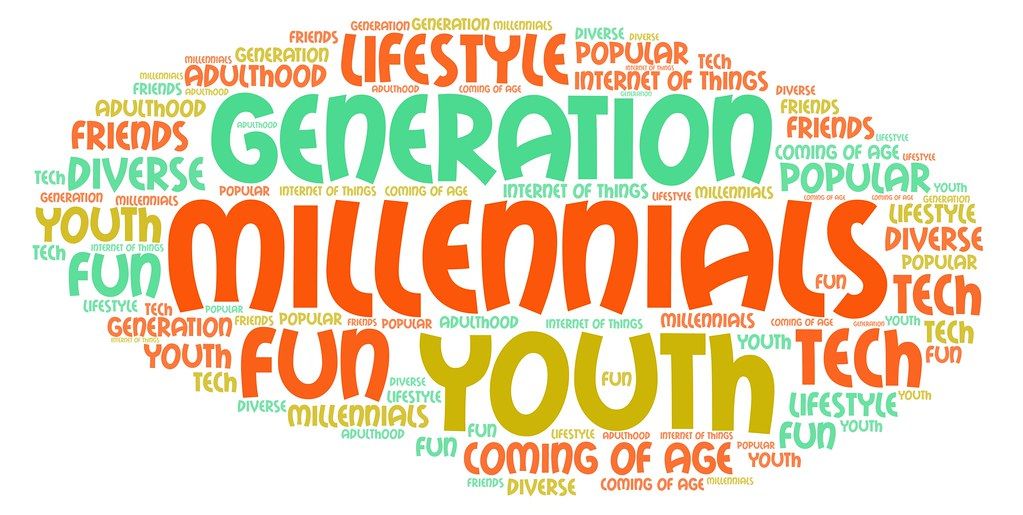
In the vast and intricate landscape of the English language, certain word pairs stand out for their ability to trip up even the most seasoned communicators. Among these, ‘worse’ and ‘worst’ frequently emerge as a source of confusion, despite their everyday utility. These seemingly similar terms are, in fact, distinct in their function, each playing a crucial role in conveying degrees of negativity and comparison. For anyone aiming to communicate with precision and clarity, understanding these nuances is not just helpful—it’s essential.
As discerning readers and meticulous writers, we know that language is a powerful tool, and using it correctly empowers us to express our thoughts without ambiguity. This guide is designed to clarify the distinctions between ‘worse’ and ‘worst,’ breaking down their grammatical roles, exploring common expressions, and providing practical examples that illuminate their proper application. By the end of our journey, you’ll be equipped with the knowledge to navigate these tricky words with confidence, ensuring your writing and speech always hit the mark.
We’re about to delve deep into the mechanics of these words, transforming potential pitfalls into pillars of linguistic strength. We’ll uncover how they relate to comparative and superlative adjectives, examine their irregular nature, and clarify their use in various idiomatic phrases. Get ready to refine your understanding and elevate your command of English, one word at a time.
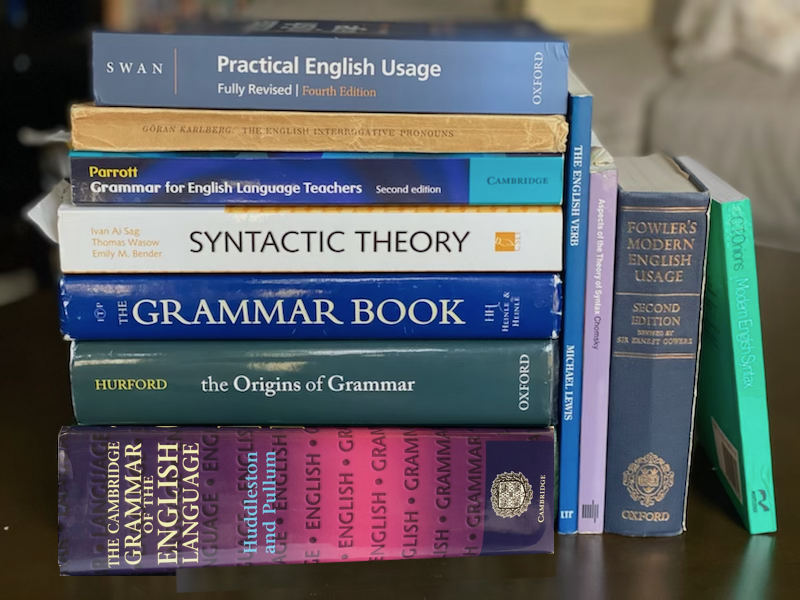
1. **Understanding ‘Worse’ as the Comparative Form**
At its core, ‘worse’ functions as the comparative form of the adjective ‘bad.’ This means it is predominantly used when you are making a direct comparison between *two* things, indicating that one is ‘more bad’ or of a lower quality, condition, or desirability than the other. It signals a decline or a less favorable state when placed alongside a single alternative, providing a clear point of differentiation in a negative context.
Consider a scenario where you are evaluating two options. If one option is undesirable, and the other is even more so, you would describe the second as ‘worse.’ The crucial element here is the presence of only two items or states being directly measured against each other. This comparative nature is what sets ‘worse’ apart in its most fundamental application, directing our attention to a decline or an inferior quality within a limited scope of comparison.
“Worse is used when making a comparison to only one other thing,” as the context clearly states. This highlights its specificity. For instance, you might say, “Your breath is bad, but mine is worse,” or “The situation was bad and it just got worse.” In both cases, ‘worse’ emphasizes a deterioration or a greater degree of ‘badness’ in relation to a single point of reference. Mastering this comparative function is the first step to accurate usage.
Read more about: Navigating the Nuances: 11 Critical Distinctions Between ‘Worse’ and ‘Worst’ for Accurate Health Understanding
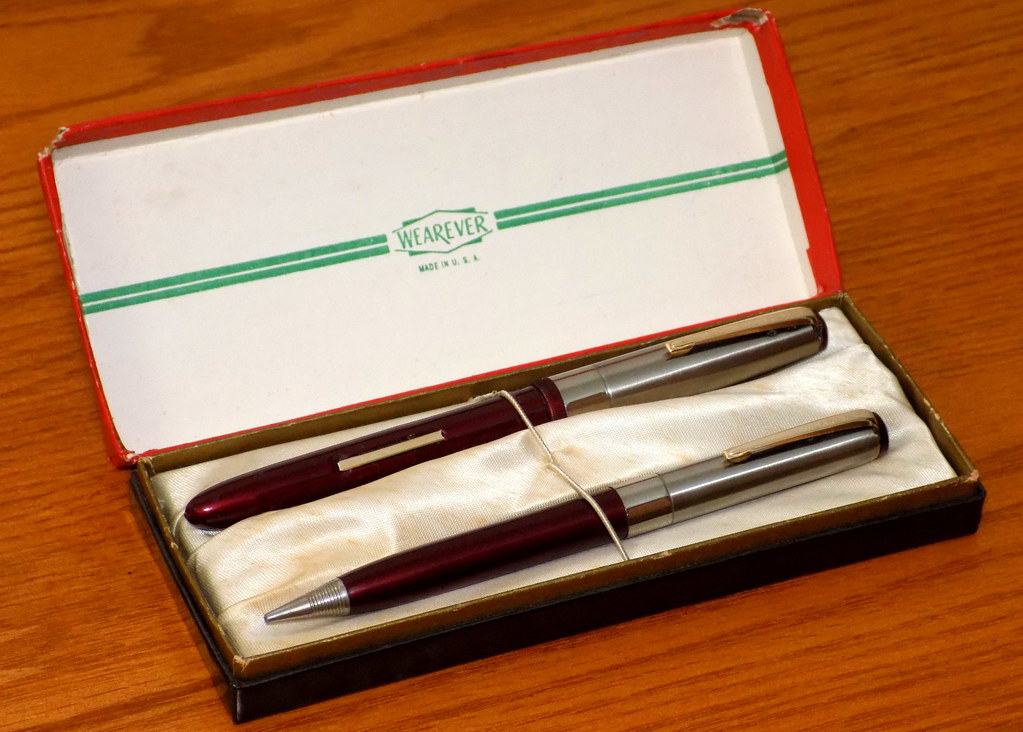
2. **Grasping ‘Worst’ as the Superlative Form**
Moving beyond comparisons between two, we encounter ‘worst,’ which serves as the superlative form of ‘bad.’ This powerful term is reserved for situations where you are comparing *more than two* things or when you want to express the absolute lowest quality, the most negative state, or the most extreme degree of ‘badness’ among all possible options. ‘Worst’ places something at the very bottom of a scale, signifying an unrivaled level of inferiority or undesirability.
When you declare something as ‘the worst,’ you are essentially stating that nothing else in the given group or category can surpass its level of negativity. It’s an ultimate judgment, a definitive statement that leaves no room for anything being ‘more bad.’ This makes ‘worst’ a decisive word, concluding any hierarchy of poor quality or severe condition. Its use indicates a finality in the assessment of something’s detrimental nature.
“Worst is used in comparisons of more than two things,” or to “state that something is the most extreme out of every possible option.” The text provides excellent examples to cement this understanding: “Yours is bad, mine is worse, but his is the worst,” clearly showing a progression to the absolute lowest. Another potent illustration is, “That was the worst meal I’ve ever eaten,” which conveys that out of all meals experienced, none were worse than this particular one. Understanding ‘worst’ as the ultimate ‘bad’ is key to its proper application.
Read more about: Mastering ‘Worse’ vs. ‘Worst’: Your Essential Guide to Navigating Tricky Comparisons in Customer Service Evaluations
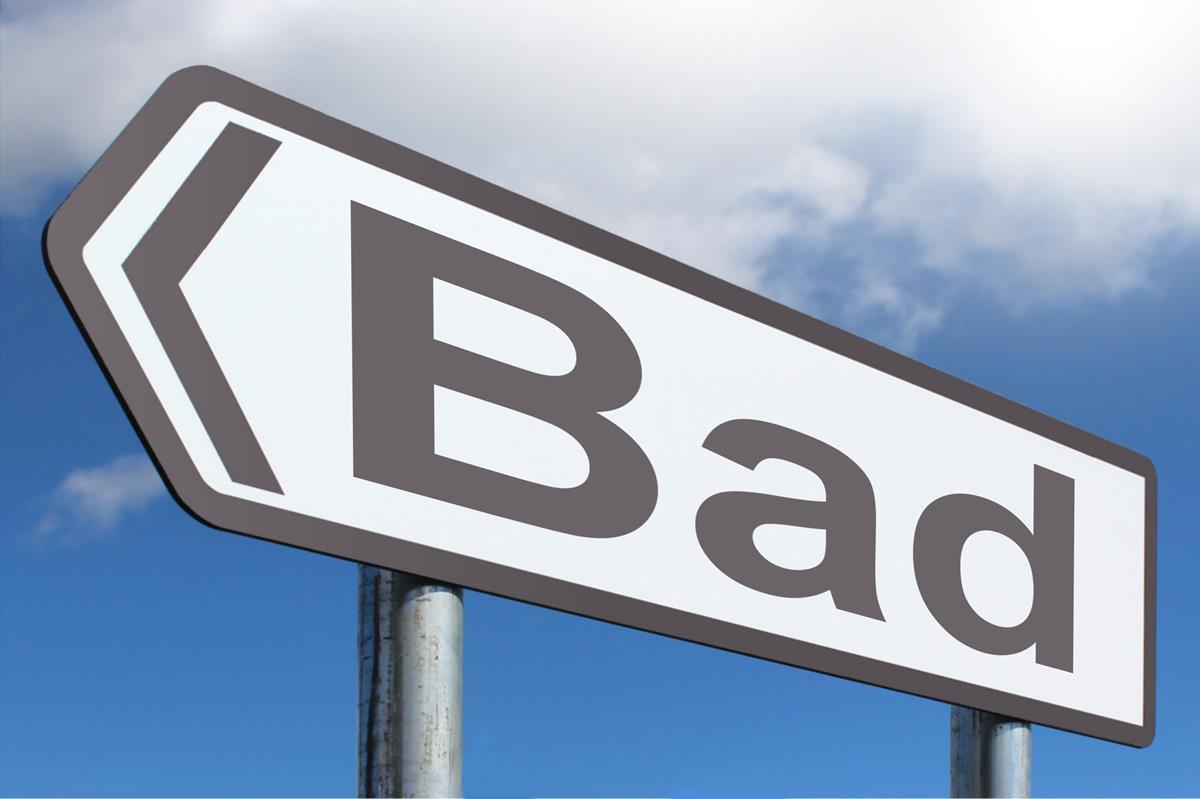
3. **The ‘Bad’ Connection: Roots of Worse and Worst**
To truly grasp ‘worse’ and ‘worst,’ it’s crucial to understand their shared lineage: both words are forms of the fundamental adjective ‘bad.’ This connection is the linguistic bedrock upon which their comparative and superlative functions are built. While ‘bad’ itself describes an undesirable quality, ‘worse’ and ‘worst’ allow us to articulate the increasing degrees of that undesirability, escalating from a general negative to a profound absolute.
The word ‘bad’ carries a broad spectrum of meanings, as evidenced by dictionary definitions that paint a picture of anything “not good in any manner or degree,” “wicked or evil,” “of low or inferior quality,” “causing injury or harm,” or “disagreeable; unpleasant.” This wide range of application for ‘bad’ sets the stage for its derived forms, ‘worse’ and ‘worst,’ to likewise cover a vast territory of comparative and superlative negativity across different contexts, from moral judgments to simple aesthetic preferences. When we say something is ‘bad,’ we open the door to comparing how much more ‘bad’ it can get.
Therefore, when we discuss something being ‘worse’ or ‘worst,’ we are inherently referring back to the qualities encapsulated by ‘bad.’ Whether it’s “the worst job I’ve ever seen” (most faulty or unsatisfactory) or “the worst person” (bad or ill in the highest degree), the underlying negative attribute originates from the concept of ‘bad.’ Recognizing this foundational relationship demystifies their usage, making it clear that ‘worse’ and ‘worst’ are simply tools to express varying intensities of ‘badness.’

4. **The ‘Good’ Analogy: Learning from Better and Best**
One of the most effective ways to solidify our understanding of ‘worse’ and ‘worst’ is by drawing a parallel to their positive counterparts: ‘better’ and ‘best.’ The context explicitly states, “Worse and worst are just like the words better and best, which are the comparative and superlative forms of the word good.” This analogy provides an immediate and intuitive framework, leveraging our familiarity with ‘good,’ ‘better,’ and ‘best’ to illuminate the parallel structure of ‘bad,’ ‘worse,’ and ‘worst.’
Just as ‘better’ signifies an improvement or a higher quality when comparing two things (e.g., “This apple is good, but that one is better”), ‘worse’ indicates a decline between two. Similarly, ‘best’ represents the pinnacle of quality among many (e.g., “This is the best apple I’ve ever tasted”), mirroring ‘worst’ as the absolute nadir. This mirroring provides a mental shortcut, allowing us to apply the same logical structure of comparison and superlative degree, simply in the opposite direction on the spectrum of quality.
By thinking of this harmonious grammatical relationship, the roles of ‘worse’ and ‘worst’ become far less intimidating. If you can confidently use ‘better’ to compare two items and ‘best’ to identify the top performer in a group, you can apply the exact same reasoning to distinguish between ‘worse’ (for two negative comparisons) and ‘worst’ (for three or more negative comparisons, or the absolute extreme). It’s a testament to the elegant symmetries that sometimes exist within the apparent complexities of language, offering a clear path to correct usage.
Read more about: Does Charging Your Phone To 100% Ruin Your Battery? The Definitive Guide to Smartphone Battery Longevity
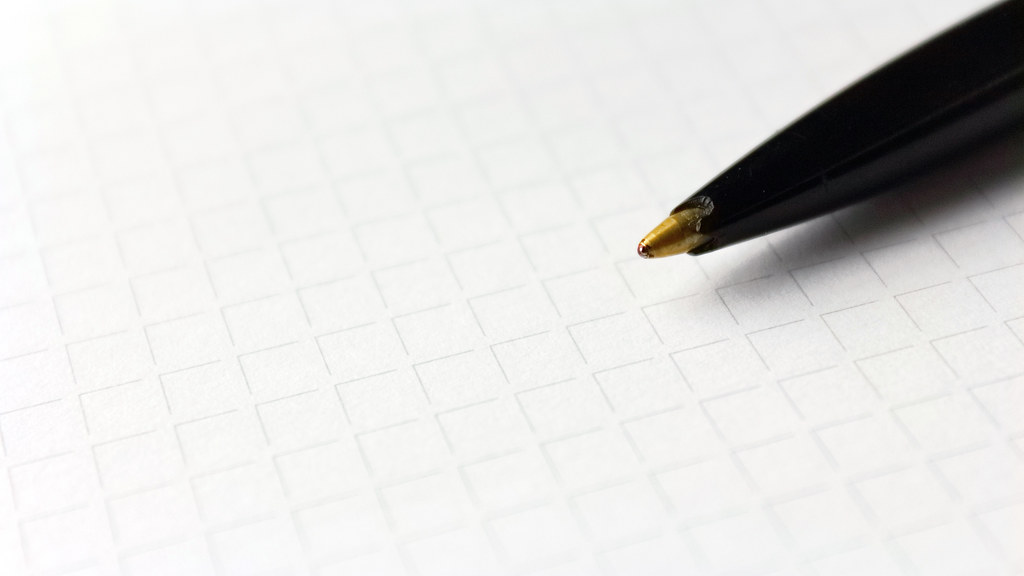
5. **Spotting Irregularity: Why They Don’t Follow -er/-est Rules**
Many adjectives in English follow predictable patterns when forming their comparative and superlative degrees. Typically, you add ‘-er’ for the comparative (e.g., fast -> faster) and ‘-est’ for the superlative (e.g., fast -> fastest) to shorter adjectives. For longer adjectives, you usually precede them with ‘more’ or ‘less’ for the comparative (e.g., impressive -> more impressive) and ‘most’ or ‘least’ for the superlative (e.g., impressive -> most impressive).
However, ‘worse’ and ‘worst’ stand out as classic examples of irregular adjectives, much like ‘good,’ ‘better,’ ‘best.’ They do not adhere to these standard rules, which is often a source of the confusion they generate. Instead of ‘badder’ or ‘baddest’ (which are informal or slang and incorrect in formal usage), we use ‘worse’ and ‘worst,’ retaining remnants of older English forms. This irregularity is a key characteristic to remember when encountering these words, as it highlights their unique grammatical behavior.
Despite their deviation from the norm, there’s a small linguistic clue that can help. The context points out, “Worse and worst don’t follow these rules, but you can see a remnant of the superlative ending -est at the end of worst and best, which can help you remember that they are superlatives.” This subtle echo of the ‘-est’ suffix in ‘worst’ and ‘best’ serves as a useful mnemonic, reinforcing their status as the highest (or lowest) degree of comparison. Recognizing this irregularity is crucial for anyone aiming for grammatical precision.
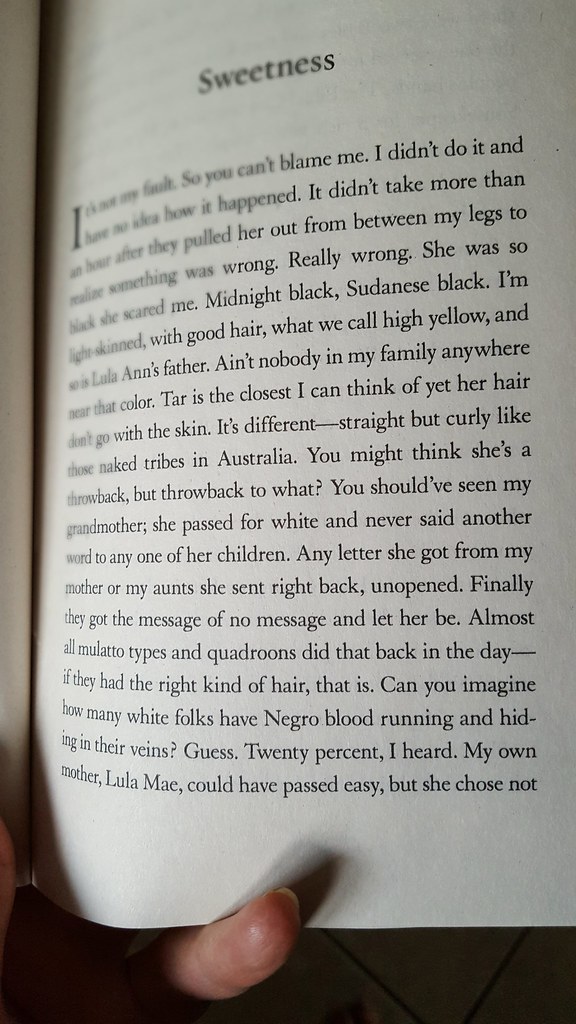
6. **The “From Bad to Worse” Expression Explained**
Idioms are the colorful tapestry of any language, and English is rich with phrases that convey meaning beyond their literal words. The expression “from bad to worse” is a prime example, universally understood to describe a situation that has not only started in an undesirable state but has continued to deteriorate further. It speaks to a progression where each subsequent stage or development is more negative than the one before it, painting a picture of continuous decline.
The context precisely defines this idiom, stating it “means that something started bad and has only deteriorated in quality or condition.” This phrase is often invoked when chronicling a series of misfortunes or a steady decline in circumstances, personal well-being, or even the performance of an object. It captures a sense of escalating negativity, where initial problems are compounded by subsequent, even greater ones.
A clear example provided is, “My handwriting has gone from bad to worse since I graduated high school.” This perfectly illustrates how something that was already unsatisfactory (bad handwriting) has fallen into an even more lamentable state (worse handwriting) over time. This expression is a concise yet powerful way to communicate a negative trajectory, serving as a warning or a description of deepening trouble, an invaluable tool for expressive communication.
Read more about: Worse vs. Worst: 8 Times Your Grammar Took a Hit (and How to Fix It)
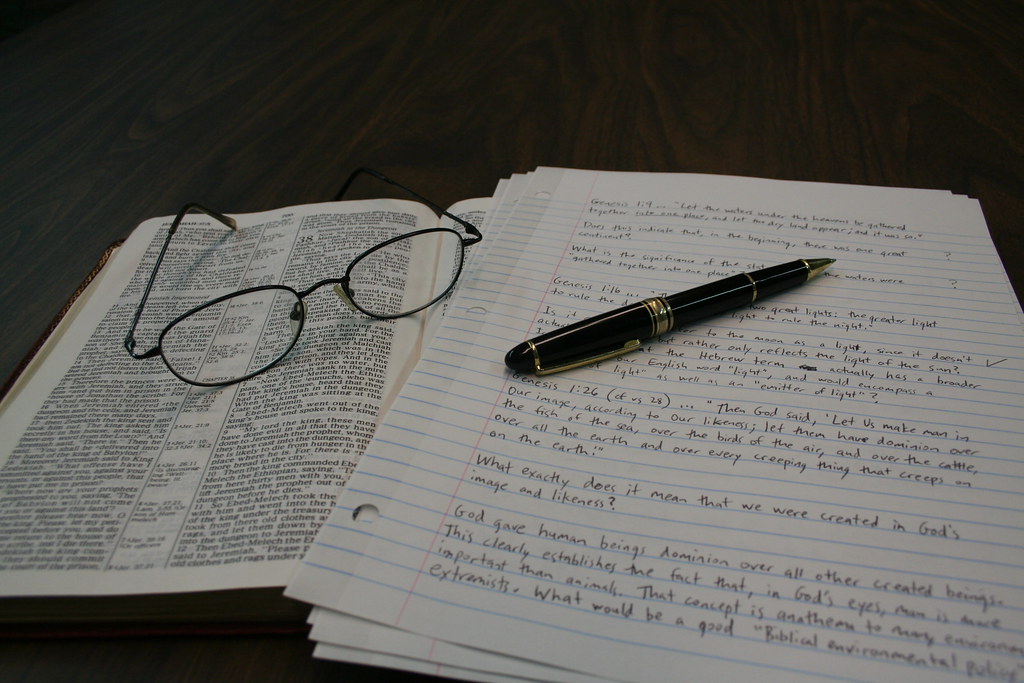
7. **Deciphering “Worst Case” vs. “Worse Case”**
Another point of common confusion arises when speakers and writers grapple with phrases involving ‘case.’ Specifically, the idiomatic expressions “worst case” and “worst-case scenario” are frequently misused or incorrectly paired with ‘worse.’ The distinction, however, is clear and hinges on the superlative nature of ‘worst,’ signifying the absolute most unfavorable possibility.
The context unequivocally states, “The phrase worst case is used in the two idiomatic expressions: in the worst case and worst-case scenario.” Both of these phrases refer to “a situation that is as bad as possible compared to any other possible situation, which is why it uses the superlative form worst.” This highlights that when we are considering the most extreme negative outcome, ‘worst’ is the only correct choice, as it encompasses all other less severe possibilities.
Illustrative examples from the context reinforce this: “In the worst case, the beams will collapse instantly” and “This isn’t what we expect to happen—it’s just the worst-case scenario.” These demonstrate the proper application when contemplating the direst possible outcome. While it’s grammatically possible to have ‘worse’ and ‘case’ together in a sentence (e.g., “Jacob had a worse case of bronchitis than Melanie did”), it’s crucial to recognize that this is *not* the fixed idiom, but merely a comparative adjective modifying a noun, distinct from the established “worst case” phrase.”
Navigating the intricacies of English grammar can often feel like deciphering a complex code, yet mastering subtle distinctions significantly enhances our communication clarity. Building upon our understanding of ‘worse’ and ‘worst’ as core comparative and superlative forms of ‘bad,’ we now turn our attention to their broader applications, particularly in nuanced idiomatic expressions and their versatile roles across different parts of speech.
Our journey into linguistic precision continues, focusing on how these words transcend simple adjective forms to become integral components of powerful phrases and flexible grammatical tools. We’ll explore more deeply how ‘worse’ and ‘worst’ function beyond their primary roles, providing actionable insights into their correct usage in varied contexts. This comprehensive exploration will empower you to wield these terms with newfound confidence, ensuring your message is always understood with precision and impact.
Read more about: Navigating the Nuances: 11 Critical Distinctions Between ‘Worse’ and ‘Worst’ for Accurate Health Understanding
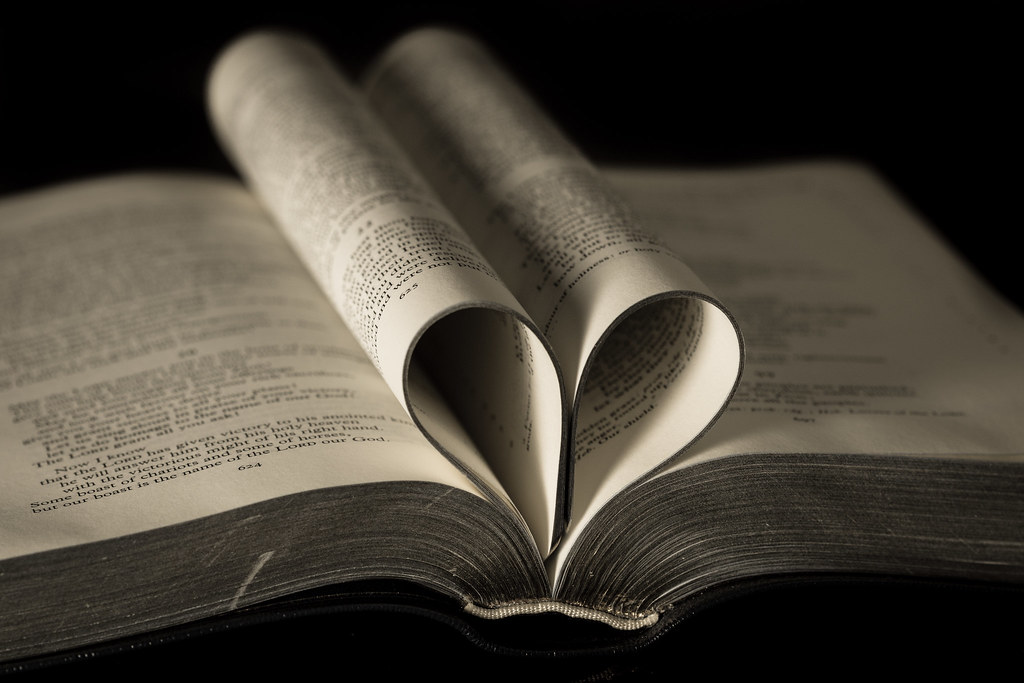
8. **Deciphering ‘If Worse Comes to Worst’ vs. ‘If Worst Comes to Worst’**
Among the many idiomatic expressions that enrich the English language, the phrase meaning ‘if the worst possible outcome happens’ stands out due to its curious duality. You might hear or read it as either ‘if worse comes to worst’ or ‘if worst comes to worst.’ Both versions aim to convey the same dramatic sentiment, signaling a moment of ultimate contingency where all less favorable options have been exhausted and the direst possibility has materialized.
The context clarifies that while both forms exist and are understood, ‘if worst comes to worst’ is significantly more common in everyday usage. This preference, despite potentially appearing counterintuitive to strict grammatical rules, highlights the fluid nature of language and how popular usage often shapes accepted expressions. Idioms, by their very nature, often defy strict literal interpretation, existing as self-contained units of meaning that we learn and adopt collectively rather than through analytical breakdown.
Crucially, irrespective of which version is employed, this expression nearly always precedes or accompanies a proposed solution or a plan of action to mitigate the dire situation described. It functions not just as a statement of potential catastrophe, but as a setup for resilience and preparedness. This proactive element is a defining characteristic, setting the stage for problem-solving in the face of maximum adversity, underscoring our human tendency to anticipate and plan even for the most unfortunate scenarios.
Consider the guidance provided: “If worse comes to worst and every door is locked, we’ll get in by opening a window.” This clearly illustrates the setup of a dire circumstance, followed immediately by a practical, if unconventional, solution. Similarly, “I’m going to try to make it to the store before the storm starts, but if worst comes to worst, I’ll at least have my umbrella with me” demonstrates a proactive measure taken in anticipation of a challenging situation. These examples provide clear, actionable insights into how this idiom is not just about identifying the worst outcome, but about preparing for it.
Read more about: Mastering ‘Worse’ vs. ‘Worst’: A Consumer Reports Guide to Eliminating Common Grammatical Errors
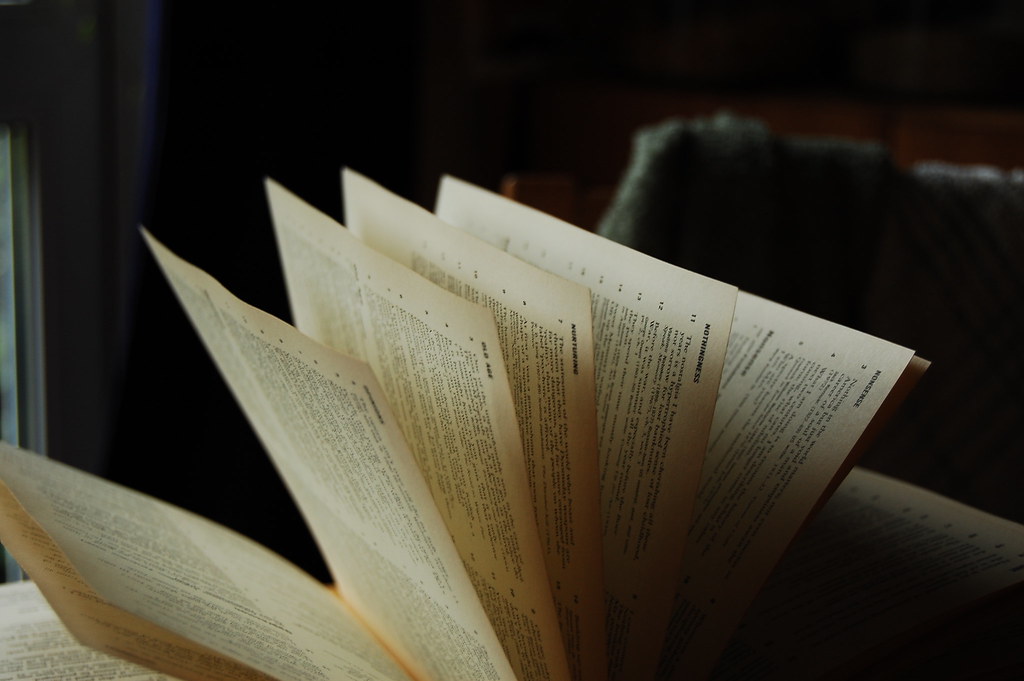
9. **Reinforcing Understanding with Practical Sentence Examples**
To truly embed the distinctions between ‘worse’ and ‘worst’ into your linguistic toolkit, examining a diverse array of practical sentence examples is invaluable. These real-world applications illuminate the subtle nuances of each word, making their proper deployment intuitive. By observing them in action, we can cement our grasp of their comparative and superlative functions, ensuring accuracy and clarity in our own communication.
For ‘worse,’ which denotes a comparison between two things or a decline, consider scenarios like evaluating aesthetic choices: “I think the pink paint looks worse on the wall than the red paint did.” Here, two specific colors are directly compared. In personal circumstances, a clear deterioration is captured: “Briony’s cold got worse after a few days, so she had to see a doctor,” indicating a shift from a bad state to a more severe one. Similarly, “His grades have been getting worse as the term progresses” highlights a continuous negative trend over time, comparing the current state to previous ones within a progression.
Other powerful examples for ‘worse’ showcase a direct negative change: “The recipe tasted worse after I added vinegar,” illustrating how an ingredient negatively impacted a two-stage comparison of taste. Another insightful usage is “Though Avery skinned his knee, he was none the worse for wear,” indicating that despite an initial injury, the overall condition didn’t significantly deteriorate. These sentences vividly demonstrate ‘worse’ in action, always implying a comparison to a prior state or a singular alternative.
Transitioning to ‘worst,’ which is reserved for comparisons among more than two things or the absolute extreme, the examples become even more definitive. Imagine assessing performance: “Out of all of us, Tom had the worst case of poison ivy,” clearly positioning Tom’s condition as the most severe among a group. When critiquing a broader experience, one might declare: “That was the worst meal I’ve ever eaten,” signifying its unparalleled inferiority among all meals ever consumed by the speaker. These uses demonstrate its role in identifying the ultimate lowest point.
Further examples for ‘worst’ underscore its definitive superlative nature. “Debra Deer had a worse finishing time than Charlie Cheetah, but Sam Sloth had the worst time by far,” explicitly ranks Sam as the slowest among three. In anticipating future events, we use phrases like, “It’s possible that the losses could lead to bankruptcy, but the company is doing everything it can to avoid this worst-case scenario,” denoting the most extreme negative outcome. These illustrative sentences make it unequivocally clear when ‘worst’ is the only appropriate choice for expressing absolute negativity.
Read more about: Mastering ‘Using’ vs. ‘Useing’: Your Definitive NerdWallet Guide to Flawless Spelling and Clear Communication
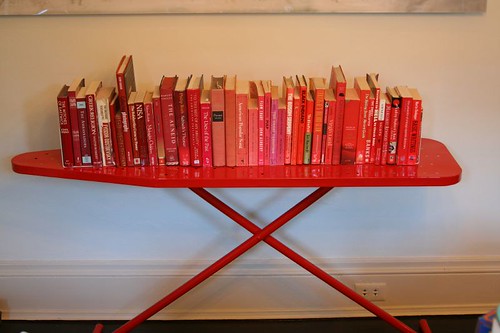
10. **A Deep Dive into ‘Worst’ as a Noun**
While ‘worst’ is primarily recognized as a superlative adjective, its versatility extends into its function as a noun, enriching the English language with concise ways to refer to the absolute lowest or most undesirable condition, event, or aspect. When ‘worst’ is used as a noun, it typically appears with the definite article ‘the,’ as in “the worst,” directly signifying that which is at the bottom of the scale or is the most detrimental possibility imaginable.
One of the most common and impactful noun phrases is “Prepare for the worst.” This expression is a vital piece of actionable advice, urging readiness for the most unfavorable turn of events. It embodies a pragmatic approach to uncertainty, advocating for strategic planning when faced with potential adversity. This usage showcases ‘worst’ not merely as a descriptor, but as a tangible, albeit undesirable, outcome that one can anticipate.
Beyond preparation, ‘worst’ as a noun also features in the idiom “get the worst of something,” meaning to be defeated by, or to lose in a confrontation or competition. For example, if two individuals engage in an argument and one ‘gets the worst of it,’ they are the one who suffered the greater disadvantage or loss. This phrase highlights the outcome of a struggle, identifying the party that experienced the most negative consequences, thus demonstrating ‘worst’ as the unfavorable portion or outcome.
Furthermore, ‘worst’ as a noun can refer to the nadir of a particular quality or condition. Consider the observation: “television is at its worst these days.” Here, ‘its worst’ signifies the lowest quality or most unpleasant state that television can exhibit, an ultimate judgment on its current condition. Similarly, phrases like “the invaders came and did their worst” or “the applicant did his worst at the test because he did not want the job” use ‘worst’ to denote the greatest extent of damage, wickedness, or the poorest possible effort, making it a robust noun for expressing ultimate negativity.
Read more about: Driving Forward: A Detailed Guide to the 2025 Mid-Cycle Refreshes from Mitsubishi and Ford
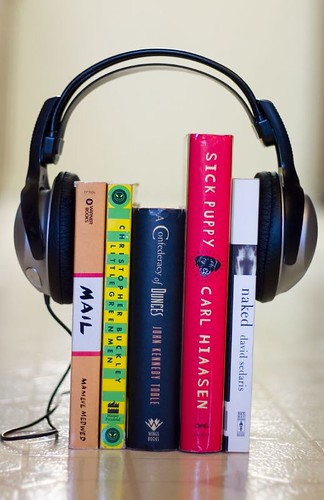
11. **Unpacking ‘Worst’ as an Adverb**
Beyond its well-known roles as an adjective and a noun, ‘worst’ also functions as an adverb, a grammatical form that may be less familiar but is equally powerful in conveying degrees of negativity. As an adverb, ‘worst’ serves to modify verbs, adjectives, or other adverbs, indicating that an action or a state is performed “in the worst manner” or “to the greatest degree” of undesirability. It acts as the superlative form of the adverb ‘badly,’ describing how something is done with the utmost lack of skill, effectiveness, or propriety.
When we describe something as being done ‘worst,’ we are essentially stating that, among all possible ways, it was executed with the most severity, the greatest disadvantage, or in the least acceptable manner. The context explicitly states that ‘worst’ as an adverb signifies “in the most evil, wicked, severe, or disadvantageous manner,” or “with the most severity, intensity, etc.; in the greatest degree.” This extends its descriptive power beyond mere qualitative assessment to encompass the *how* of an action or condition.
Although direct sentence examples of ‘worst’ used purely as an adverb are less commonly listed than its adjective or noun forms, its adverbial nature is subtly present in combinations. For instance, the context alludes to expressions like “worst-loved,” where ‘worst’ modifies ‘loved,’ indicating the least degree of affection. This composite usage demonstrates its capacity to intensify the negative aspect of a characteristic or action, positioning it at the very bottom of a scale of degree, emphasizing extreme undesirability in its modification.
Understanding ‘worst’ as an adverb enriches our capacity for nuanced expression, allowing us to specify not just *what* is bad, but *how* badly something is done. It gives us a tool to articulate the ultimate failure or deficiency in performance, highlighting that an action was carried out to the lowest possible standard. This comprehensive view of ‘worst’ across its grammatical functions underscores its linguistic versatility and precision.
Read more about: The 14 Worst Linguistic ‘Check Engine Light’ Lies That Editors Wish You Would Stop Fearing
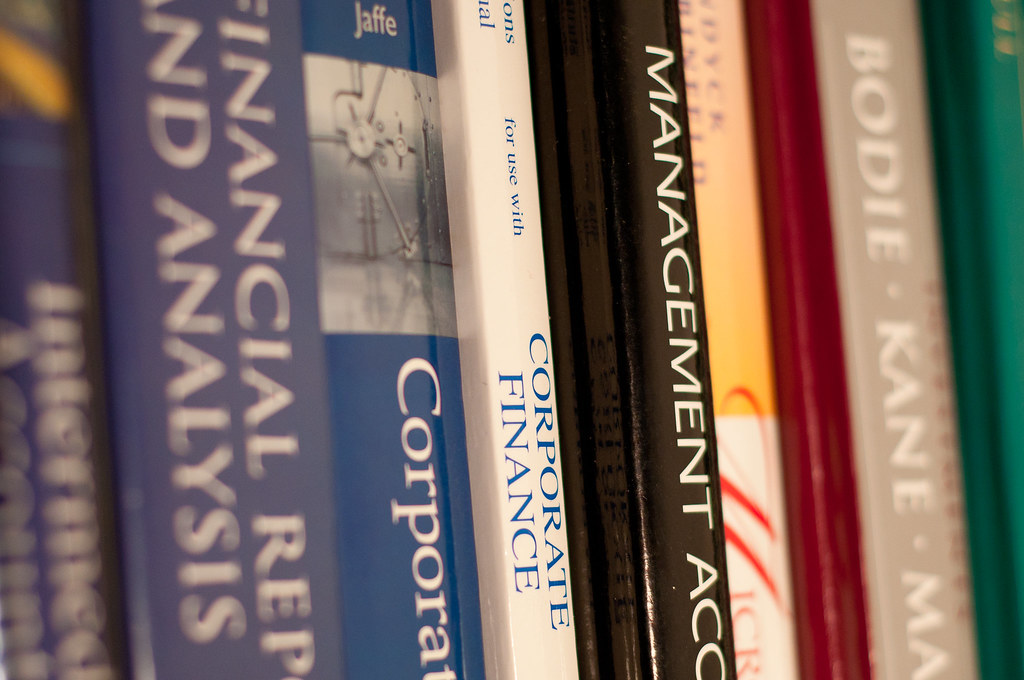
12. **The Seldom-Seen ‘Worst’ as a Verb**
In a less frequent but equally fascinating display of its adaptability, ‘worst’ can also serve as a transitive verb. While certainly not as common in modern parlance as its adjective or noun forms, this verbal usage adds another layer to its multifaceted nature. When employed as a verb, ‘worst’ means “to defeat” or “to beat,” indicating the act of gaining an advantage over someone or something in a competition, conflict, or challenge.
This verbal form suggests a decisive victory, where one party has proven superior, effectively rendering the other as ‘worst’ in a contest. The action of ‘worsting’ implies not just winning, but doing so in a way that establishes the opponent as inferior. The context provides a clear, concise example: “He worsted him easily.” This sentence vividly depicts a scenario where one individual effortlessly overcame another, cementing their dominance and consigning the other to the losing position.
Exploring ‘worst’ as a verb reminds us of the dynamic history of English, where words can evolve and take on various grammatical roles over time. Although this usage might appear archaic or formal to contemporary ears, it offers a powerful, albeit brief, way to describe outright defeat. It’s a testament to the language’s capacity for conciseness, allowing a single word to convey a complete act of overcoming another.
While you may not encounter ‘worst’ as a verb in everyday conversation, recognizing its existence broadens your appreciation for the full grammatical spectrum of this word. It highlights that the English language, even with familiar terms, often holds hidden depths and unexpected applications. This deep dive into its verbal form rounds out our understanding of ‘worst’ as a word with truly exceptional flexibility.
13. **Connecting ‘Worse’ and ‘Worst’ to ‘Bad’ in All Its Shades**
The fundamental connection between ‘worse,’ ‘worst,’ and their root adjective ‘bad’ is the bedrock of understanding their proper usage. ‘Bad’ itself is a remarkably versatile word, capable of describing a vast spectrum of undesirable qualities, from moral failings to poor physical health, and from unsatisfactory performance to unpleasant sensory experiences. It is this expansive semantic field of ‘bad’ that ‘worse’ and ‘worst’ then navigate and intensify, providing crucial gradations of negativity.
As we previously established, ‘worse’ functions as “more bad” and ‘worst’ as “most bad.” This simple translation, however, becomes profoundly meaningful when applied to the diverse definitions of ‘bad.’ For instance, ‘bad’ can mean “not good in any manner or degree,” or “of low or inferior quality,” or even “disagreeable; unpleasant.” When a situation progresses “from bad to worse,” it means a generally undesirable state has deteriorated to an even more undesirable one across any of these dimensions.
Whether we are discussing “bad traffic” that becomes “worse traffic” after an accident, or an actor who is simply “bad” but whose performance in a particular scene is “the worst,” the underlying negative attribute originates from the multifaceted concept of ‘bad.’ The words ‘worse’ and ‘worst’ allow us to articulate the escalating degrees of that undesirability with precision. They are not merely synonyms for ‘bad’ but rather tools to measure its intensity in comparative and superlative contexts.
Understanding the broad scope of ‘bad’—encompassing everything from “wicked or evil” to “causing injury or harm,” or even a “bad guess”—empowers us to apply ‘worse’ and ‘worst’ accurately in virtually any situation where a negative comparison or an absolute negative needs to be expressed. It reinforces that these forms are indispensable for articulating the full range of human experience, from minor annoyances to profound misfortunes, all rooted in the fundamental concept of ‘bad.’
Read more about: Navigating the ‘Worst’ for Your Joints: A Physical Therapist’s Guide to Preventing Damage
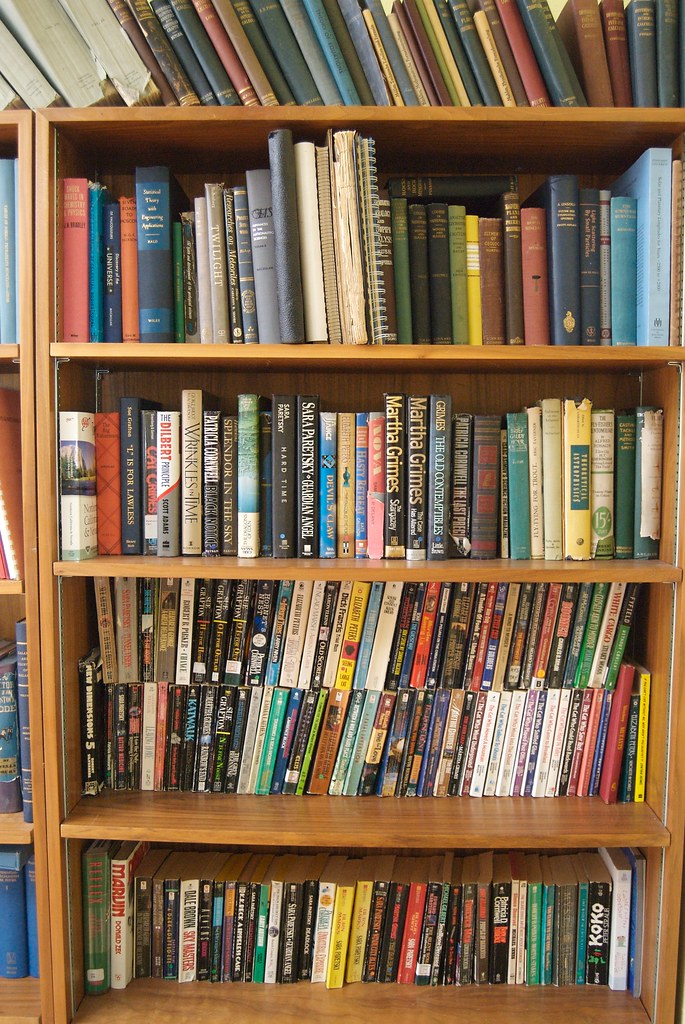
14. **The Nuance of ‘Badly’ and ‘Ill’: Expanding the ‘Worse’ and ‘Worst’ Family**
Our exploration of ‘worse’ and ‘worst’ wouldn’t be complete without acknowledging their connections to other fundamental words like ‘badly’ and ‘ill.’ These terms, while distinct in their primary roles, share a common linguistic lineage, with ‘worse’ and ‘worst’ often serving as their comparative and superlative forms, adding layers of nuance to our ability to describe negative states and actions.
‘Badly,’ functioning primarily as an adverb, describes something done “in a bad way.” Just as ‘bad’ escalates to ‘worse’ and ‘worst’ as an adjective, ‘badly’ follows a parallel trajectory for adverbs. If someone performed “badly” on a task, a subsequent performance might be described as “worse,” and the most abysmal performance would be characterized as having been done “worst.” This adverbial progression allows us to precisely quantify the degree of poor execution, whether it’s speaking French badly, writing a letter badly, or reacting badly to news.
Similarly, ‘ill’ presents its own rich set of connections. As an adjective, ‘ill’ often refers to a state of sickness or poor health, as in “She’s ill and won’t be in today.” In this context, if a condition deteriorates, one might become “worse,” and the most severe state of sickness would be considered “worst.” ‘Ill’ also encompasses meanings like hostile, unkind, or unfavorable (“ill feeling,” “ill fortune”), where ‘worse’ and ‘worst’ can denote increasing degrees of negativity. For instance, an “ill fortune” might turn “worse” with successive setbacks, leading to the “worst” possible outcome.
Furthermore, ‘ill’ also operates as an adverb, signifying something done “unsatisfactorily; poorly; badly.” When an action “ill befits” a person, it means it is improper or unsuitable. Here too, ‘worse’ and ‘worst’ can enter the equation, describing how an action is performed with increasing inappropriateness or poor quality. Whether it’s describing health, fortune, or conduct, understanding that ‘worse’ and ‘worst’ are the respective comparative and superlative forms of ‘bad,’ ‘badly,’ and ‘ill’ across various grammatical functions provides a comprehensive command over expressing degrees of negativity in English.
Read more about: Deconstructing ‘Worst’: Understanding the Ultimate Pitfalls in Car Care and Beyond
By carefully distinguishing between these forms and understanding their roots, we empower ourselves to communicate with unparalleled clarity and impact. Our linguistic journey has revealed that ‘worse’ and ‘worst’ are far more than mere comparative adjectives; they are dynamic tools essential for precise and powerful expression across the full spectrum of English grammar, guiding us through the complexities of our language with expert precision. Armed with this knowledge, you are now ready to tackle any grammatical challenge these words may present, ensuring your communication is always clear, confident, and correct.

